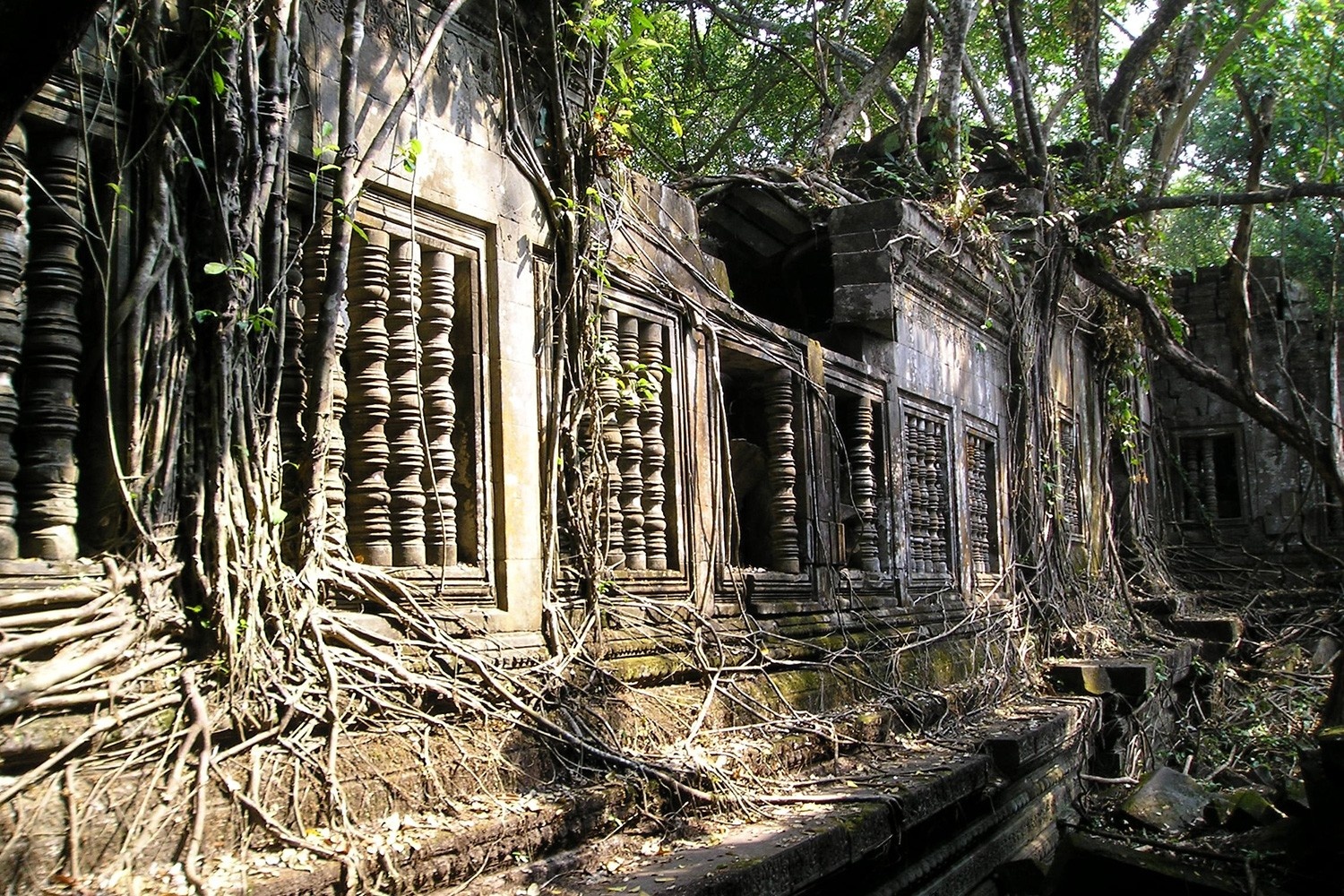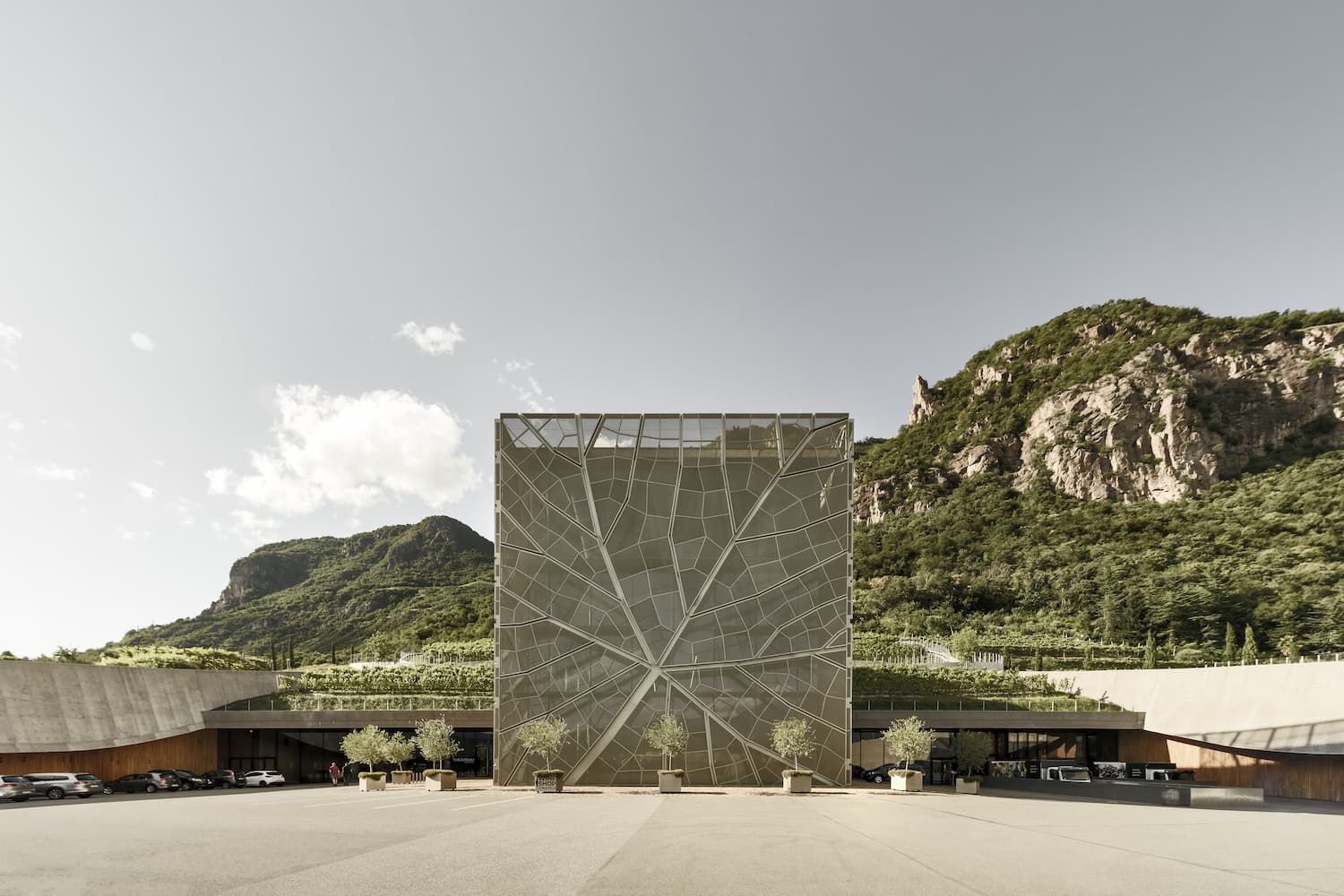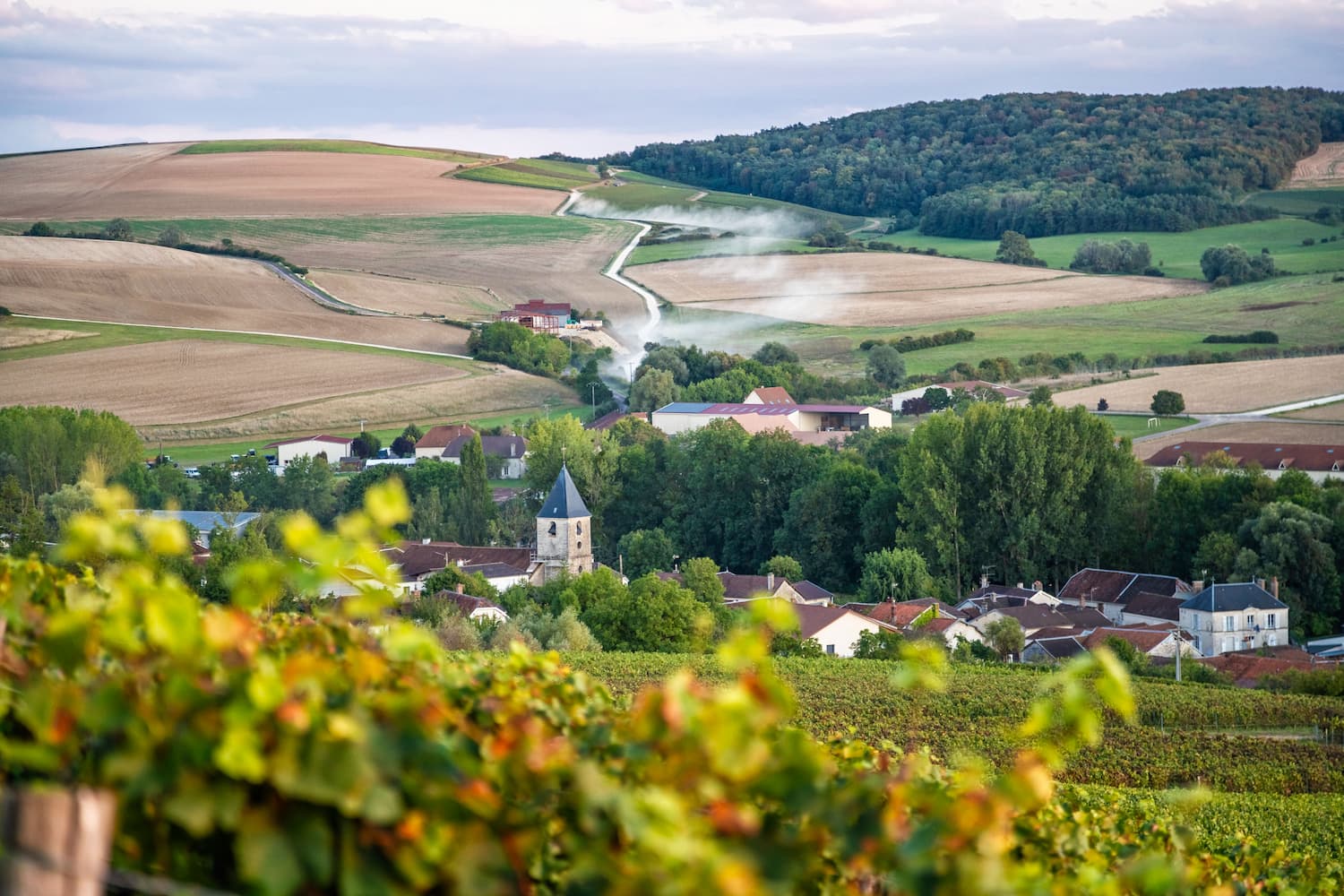North Stars:

Community Support

Heritage Value

Wildlife Ecosystems
“A new generation of chefs are reviving old family recipes and reimagining them for modern tastes.”
With its stately spires and astonishing scale, the ancient stone city of Angkor remains the highlight of a trip to Siem Reap, Cambodia. Yet most visitors focus on the area’s celebrated temples, overlooking lesser-known ruins and the city’s modern appeal.
From 1975 to 1979, Siem Reap — like the rest of Cambodia — endured immense loss under the Khmer Rouge. Led by dictator Pol Pot, the ultranationalist communist regime forced millions into rural labor camps in a bid to create a classless agrarian society. Intellectuals and perceived opponents were executed, nearly a quarter of the population was killed, and much of the nation’s cultural heritage was destroyed.
That history makes the city’s cultural revival all the more striking. Today, Siem Reap hums with creative energy — from a thriving food scene and emerging art spaces to museums that sensitively explore the country’s past.
Craig Dodge, a Siem Reap resident and co-founder of the sustainable tourism initiative Collective for Good, shares his top experiences in the city, past and present.
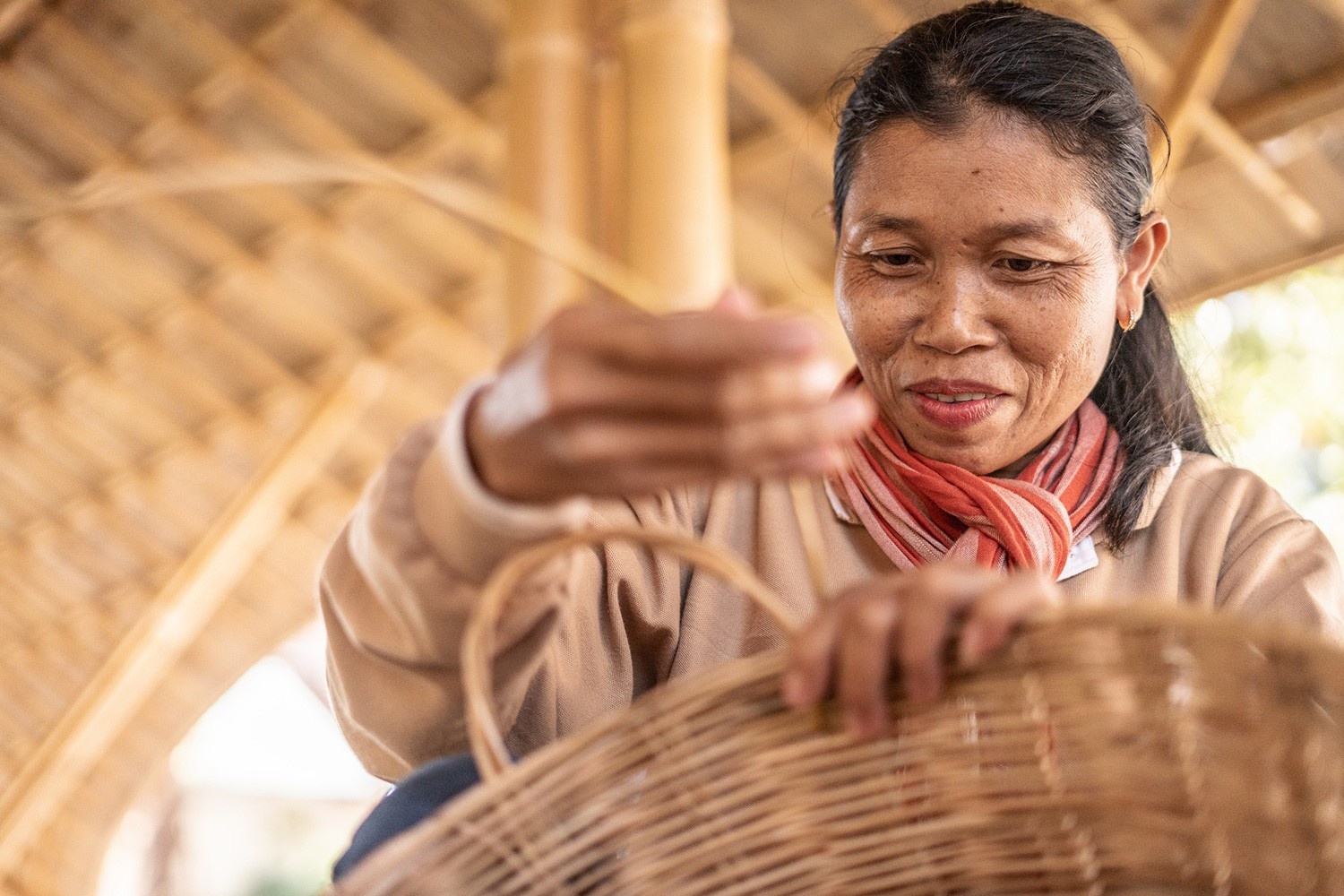
An artisan hand weaves a basket. Courtesy of SATCHA.
What to See: Outdoor Escapes and Angkor Wat Alternatives
As a UNESCO World Heritage Site and one of Southeast Asia’s most impressive archaeological sites, visiting Angkor Wat is non-negotiable. But you’re doing yourself a disservice if that’s all you see.
“People consider Ta Prohm as the jungle temple because that’s where Tomb Raider was filmed. But if you want to see the real jungle temple, go to Beng Mealea, one hour northeast of the city,” says Dodge. “This utterly spectacular site is not overrun, making it truly magical.”
For an equally captivating experience, Dodge recommends a sunrise ramble up Phnom Krom, roughly seven miles southwest of Siem Reap. “At the top is a magnificent ancient temple, Prasat Phnom Krom, plus a pagoda where monks pray,” he says. “It’s fabulous to witness the sun peek over the horizon as the monks are chanting.”
Leaving solid ground, Tonle Sap, the vast freshwater lake and UNESCO Biosphere Reserve on the southern fringes of the city, is beautiful but often crowded. Dodge suggests travelling further out to Mechrey Pier to hop on board a boat to the Prek Toal Bird Sanctuary, home to Southeast Asia’s largest waterbird colony. Local tour operators Osmose and Prek Toal Tours & Travel organize trips here.
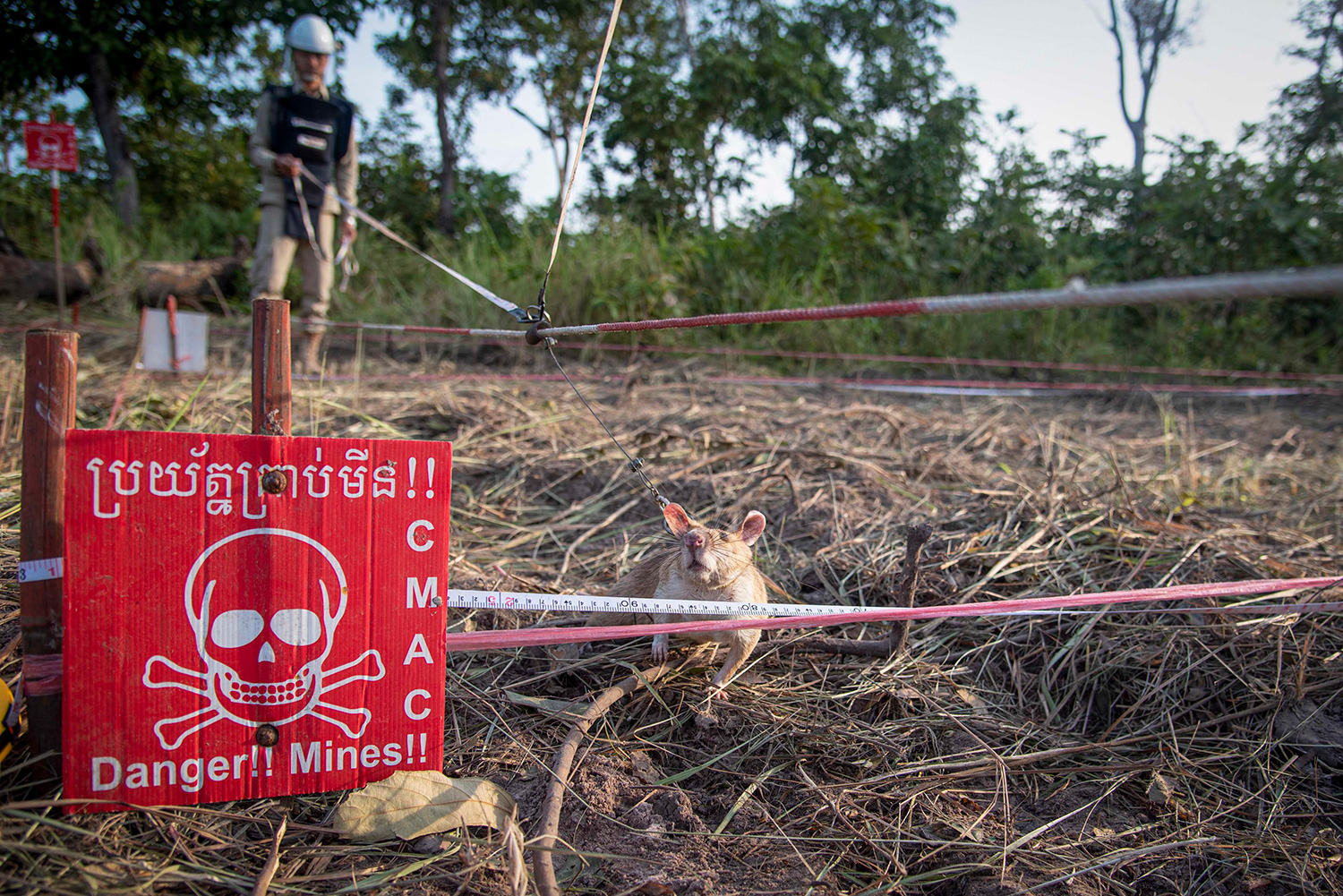
Watch landmine-detecting rats in action at APOPO. Courtesy of APOPO.
What to Do: Living History and Local Arts
Decades of war have left Cambodia littered with landmines, and it’s an ongoing effort by various organizations to safely find and remove all of them. The APOPO Visitor Centre trains giant African rats to detect landmines, offering live demonstrations of these surprisingly cute rodents at work. Learn more about the impact and legacy of war at the Landmine Museum. Founded by ex-child soldier Aki Ra, it uses income from visitors to fund the crucial work of clearing remaining landmines in Cambodia.
Meanwhile, Phare Circus offers a unique glimpse into modern Cambodian society. The performers use drama, music, dance, and gravity-defying circus arts to tell Cambodian stories, but it’s more than a conventional circus. “Phare began by using art therapy to help people process war trauma and revive lost Cambodian arts, ultimately leading to their popular circus shows,” explains Dodge. “Audiences connect deeply, feeling they are part of something authentic.” Another must-see is Bambu Stage, which features an engaging program of cultural events, including traditional shadow puppet performances.
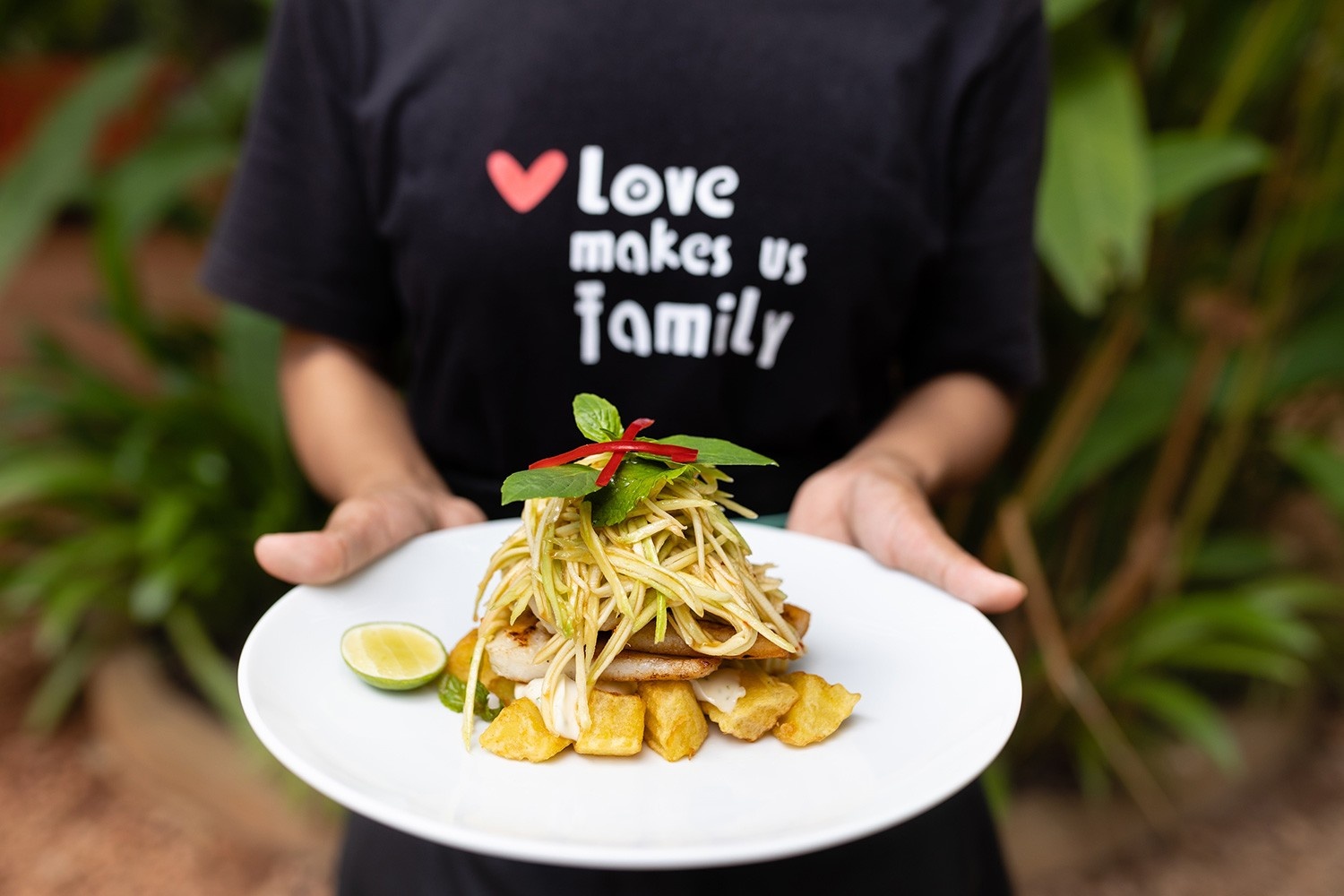
Khmer cuisine is experiencing a revival in Siem Reap. Courtesy of Haven.
Where to Eat and Drink
The Khmer Rouge destroyed much of Cambodia’s culinary heritage. However, in the last five to 10 years, a new generation of chefs has revived old family recipes, reimagining them for modern tastes. Take Jumno Modern Khmer Cuisine. “It’s traditional Khmer food but presented and changed into something new, merging east and west,” says Dodge.
That creative spirit extends beyond the plate. At Haven, Sala Bai, and Spoons, diners can enjoy excellent meals while supporting training programs that equip young Cambodians from disadvantaged backgrounds with skills for careers in hospitality.
Lum Orng, a farm-to-table restaurant, offers world-class fine Khmer cuisine sourced from the chef’s own gardens, local growers, and area markets. For a more casual bite, wander along 60 Road, near Angkor Park, for street food like banh chao, crispy, coconut‑infused pancakes typically stuffed with pork. “Late afternoon, it transforms into this buzzing night market, and it’s where all the local people go,” says Dodge.
Round things off with a visit to Sombai, a local producer of fruit- and spice-infused rice wine liqueurs. Their colorful atelier offers tastings, cocktail classes, and boozy jams in hand-painted bottles by local artists. If your tastes tend more toward spirits, try gin made with regional botanical herbs from distiller Unn Sophary at her bar, Asana, located inside a traditional wooden house in Siem Reap’s downtown.
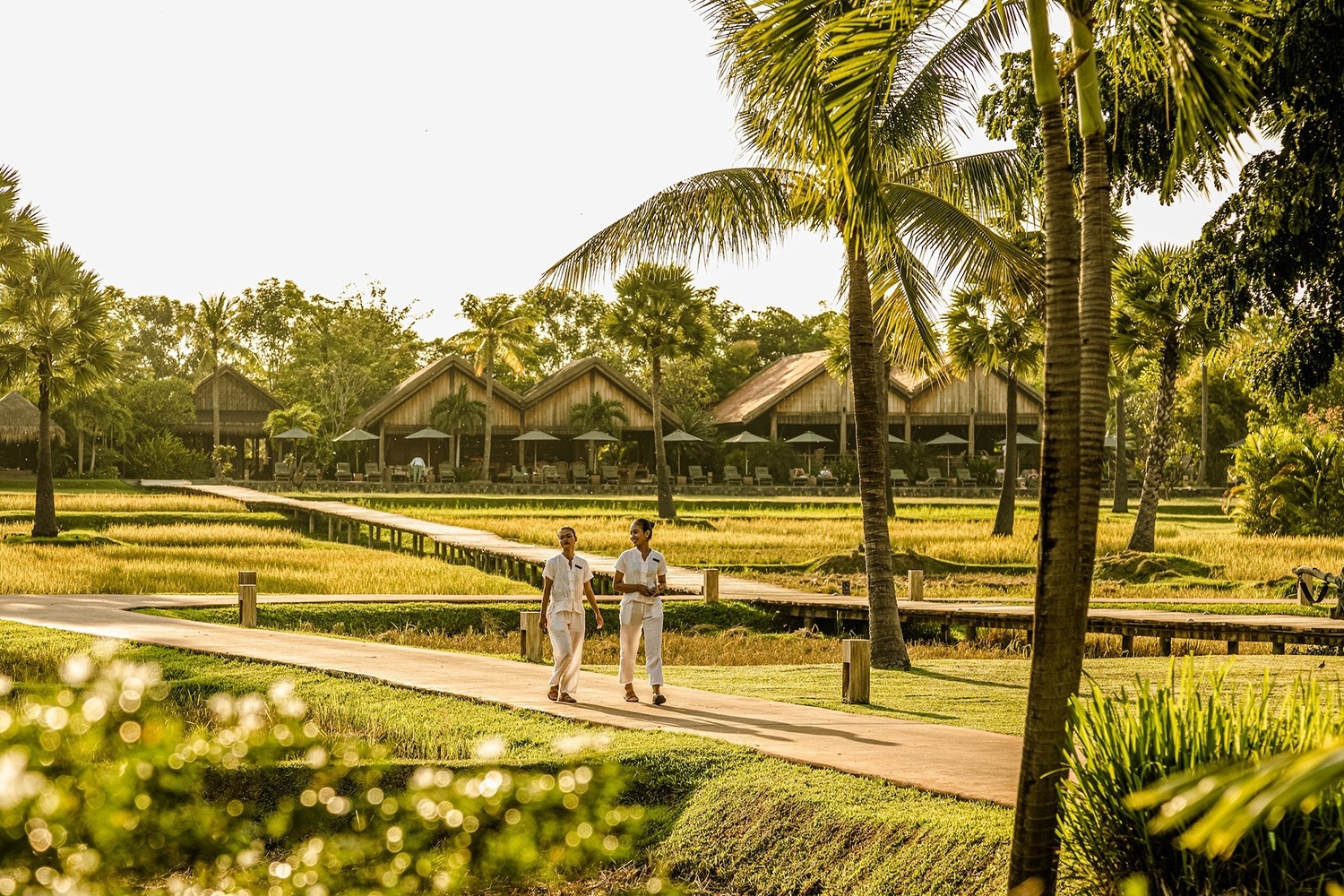
Sleep among rice paddies at Zannier Phum Baitang. Courtesy of Patricia Parinejad for Zannier Hotels.
Where to Shop
The civil war nearly destroyed Cambodia’s creativity, but it is thriving once more. “What you’re witnessing in Cambodia right now is a revival of traditional arts and the creation of new modern arts. It’s very exciting to see,” says Dodge.
Visit Satcha, an artisan crafts incubator center, which hosts over 50 artisans working on different creations from carvings to jewelry, or the Khmer Ceramics Fine Art Centre, which sells high-end handmade ceramics and traditional crafts made by marginalized groups.
For distinctive jewelry made from organic and recycled materials, head to Saomao. Made in Cambodia is the place to find locally designed artwork and pottery, and the compact Khandal Village neighborhood houses a collection of cute, funky shops full of unusual collectables, clothes, and homewares.
Where to Stay
Siem Reap is brimming with chic boutique stays, often with genuine sustainability credentials. Shinta Mani Angkor, a high-end design-led property, supports local education and rainforest protection via its foundation. Avani+ Angkor, once the French colonial governor’s summer retreat, has eliminated single-use plastics and follows robust waste and energy management plans. The hotel also stocks Herbal Kulen Gin from distiller Sophary. And Green Globe-certified Zannier Hotel Phum Baitang sources organic rice from its paddy fields and fruit and vegetables from its garden.
Further out, camp on Phnom Kulen, Cambodia’s most sacred mountain, and explore archaeological sites with local guides from the Anlong Thom Community Based Centre. Proceeds from tourism help protect and reforest the area.

Kate Lewis worked in international development and sustainable tourism communications for over 15 years. She now writes about positive stories of change in tourism, with a particular focus on (and love for) community-led and wildlife tourism in Asia and Africa. She has written for BBC Travel, The Independent and Travel + Leisure among others. Follow her at @katelewistravel.
North Stars: Community Support, Heritage Value, Wildlife and Ecosystems


